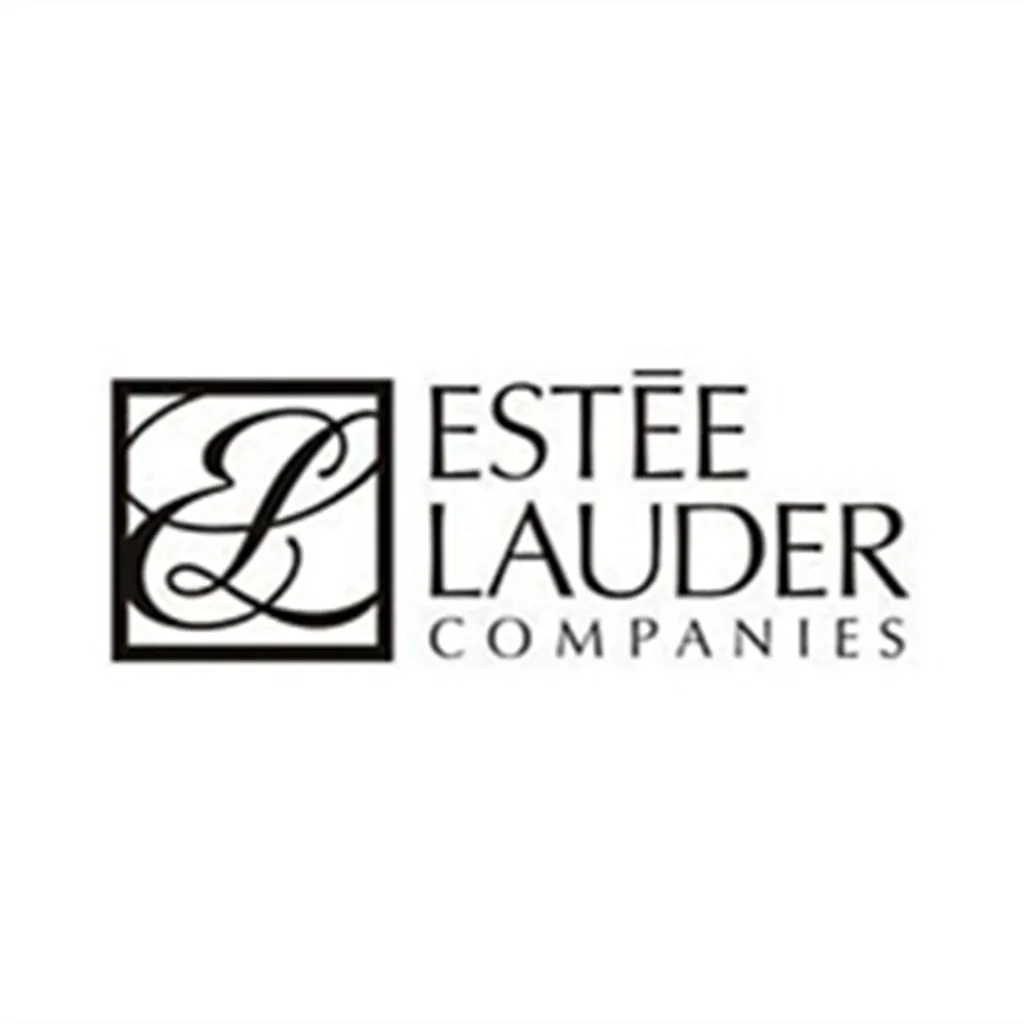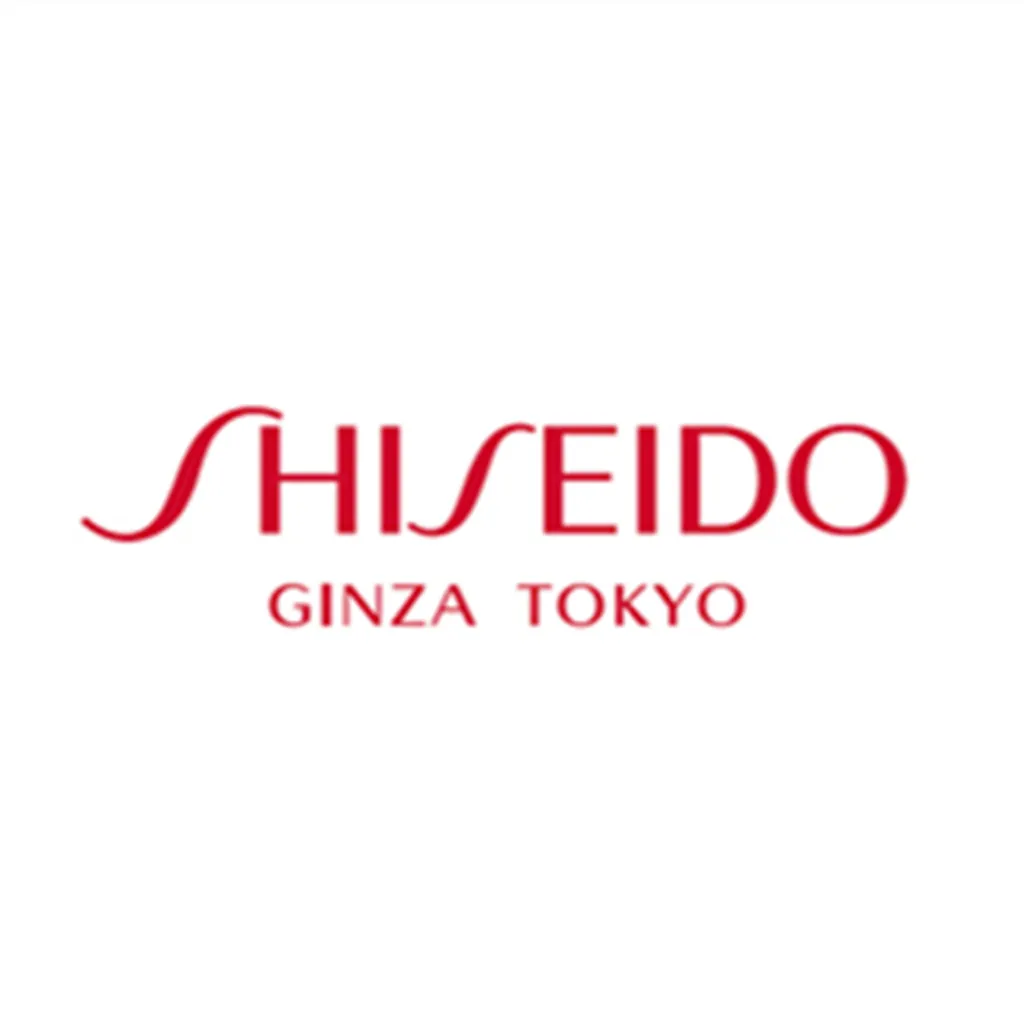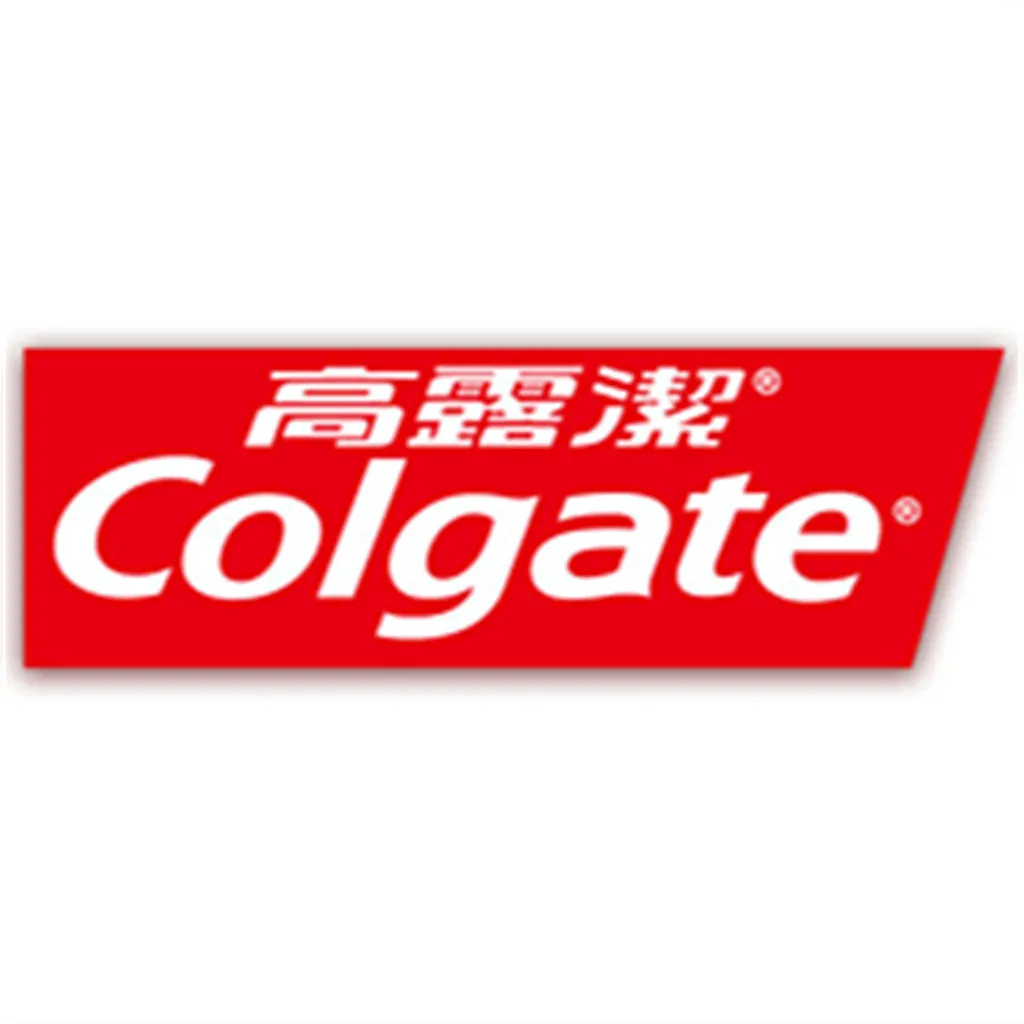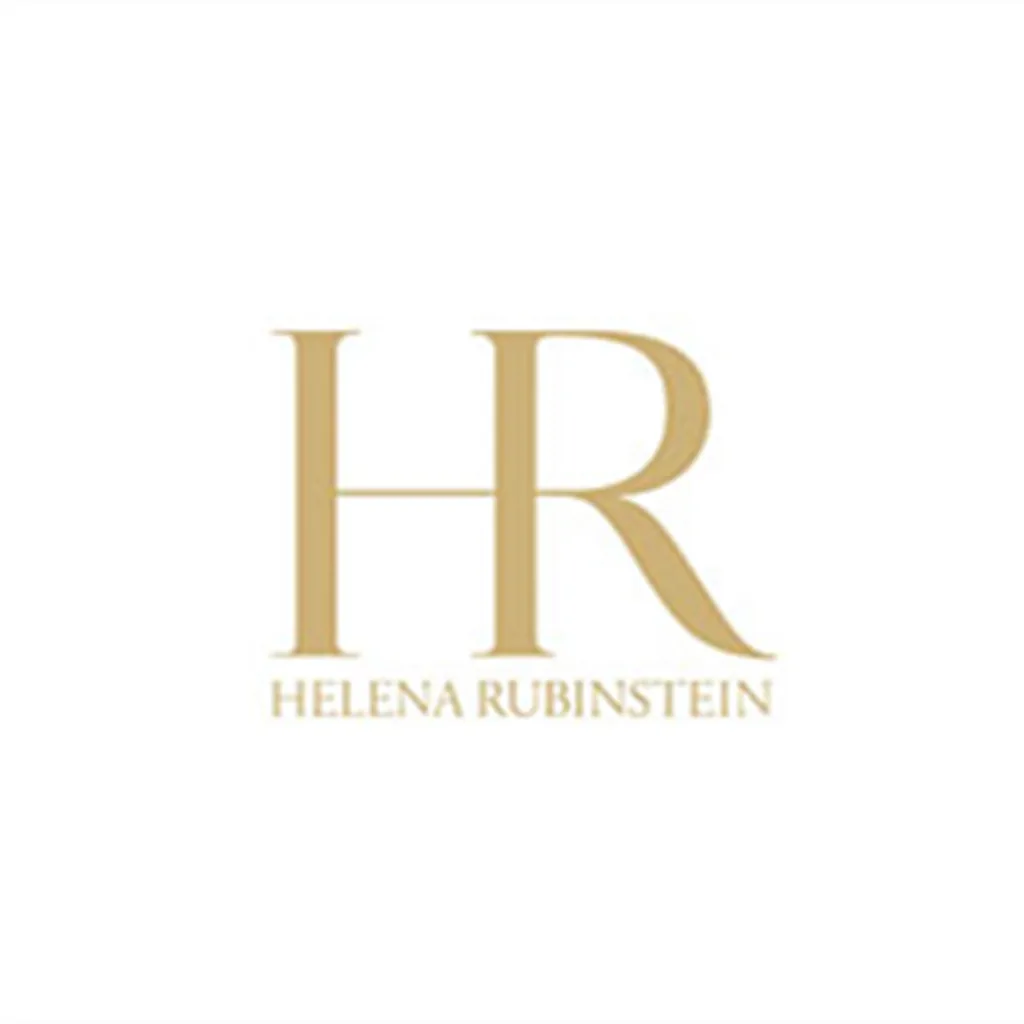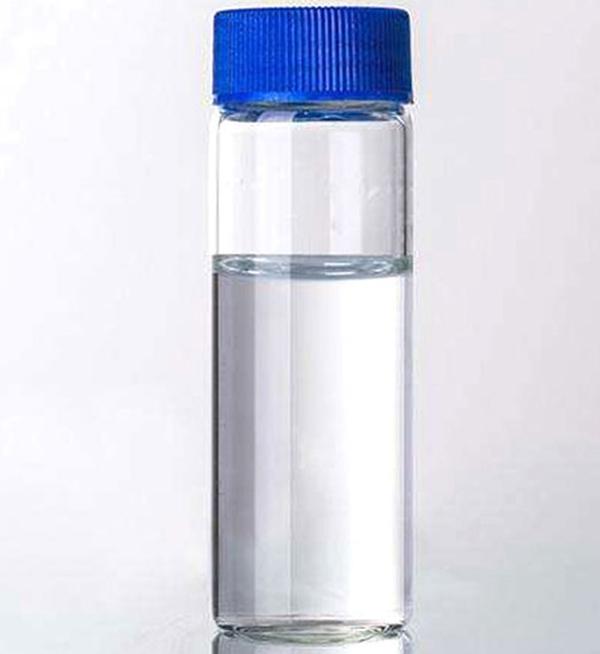
Triethyl phosphate, with the CAS number 78 - 40 - 0, is a colorless and transparent liquid. It has a molecular formula of C₆H₁₅O₄P and a molecular weight of approximately 182.15 g/mol. The product typically has a density of around 1.068 g/cm³ at 20°C. It is soluble in most organic solvents such as ethanol, ether, and acetone. Triethyl phosphate has a boiling point in the range of 215 - 216°C and a melting point of about -56°C. Our High - Quality Triethyl phosphate is sourced from reliable suppliers and undergoes strict quality control to ensure it meets the highest standards.
Triethyl phosphate has a wide range of applications across various industries. In the plastics industry, it is used as a plasticizer. It can improve the flexibility, durability, and processability of plastics, making them more suitable for different manufacturing processes and end - uses. For example, in the production of PVC plastics, triethyl phosphate can enhance the softness and elasticity of the final product.
In the chemical synthesis field, it serves as a solvent and a reaction medium. It can dissolve many organic compounds and participate in various chemical reactions, such as esterification and phosphorylation reactions. This makes it an important reagent in the synthesis of pharmaceuticals, agrochemicals, and specialty chemicals.
It is also used in the textile industry as a flame retardant. By treating textile materials with triethyl phosphate, the flammability of the fabrics can be significantly reduced, increasing their safety in applications such as upholstery, curtains, and children's clothing.
When using Triethyl phosphate as a plasticizer in the plastics industry, it should be added during the plastic manufacturing process. The appropriate dosage depends on the type of plastic and the desired properties of the final product. Generally, it is recommended to start with a small amount and gradually adjust according to the test results. The addition should be carried out under well - controlled temperature and mixing conditions to ensure uniform dispersion in the plastic matrix.
As a solvent in chemical synthesis, it should be used in a well - ventilated environment. The reaction system should be sealed properly to prevent evaporation and ensure the stability of the reaction. The amount of Triethyl phosphate used depends on the nature and scale of the reaction. It is necessary to follow the standard operating procedures and safety regulations during the reaction process.
When using it as a flame retardant in the textile industry, the textile materials should be soaked in a solution containing Triethyl phosphate. The concentration of the solution and the soaking time should be determined according to the type of textile and the required level of flame retardancy. After soaking, the textile should be dried properly to remove excess solvent.
Case 1: Plastics Manufacturing
A plastic products manufacturer was producing PVC pipes. They added our high - quality Triethyl phosphate as a plasticizer during the extrusion process. By adding 5% Triethyl phosphate based on the weight of PVC resin, they found that the pipes became more flexible and had better impact resistance. The production process also became smoother, with fewer defects in the final products. The pipes were able to meet the higher - end market requirements, resulting in increased sales and customer satisfaction.
Caso 2: Síntesis química
A pharmaceutical research laboratory was synthesizing a new drug. They used Triethyl phosphate as a solvent in a key phosphorylation reaction. The reaction yield increased from 60% to 80% compared to using other solvents. The purity of the final product also improved, which saved time and cost in the subsequent purification steps. This successful application of Triethyl phosphate helped the laboratory to accelerate the drug development process.
Case 3: Textile Industry
A textile company treated cotton fabrics with a solution containing 10% Triethyl phosphate. After drying, the treated fabrics passed the strict flame - retardant tests. The treated fabrics were used to produce curtains for public buildings. The improved fire - safety performance of the curtains not only met the relevant safety regulations but also enhanced the reputation of the textile company.
If you have any questions or need further information about our High Quality Triethyl phosphate, please feel free to contact us. Our email address is info@vivalr.com, and our phone number is (86) 15866781826. We are always ready to provide you with professional support and services.
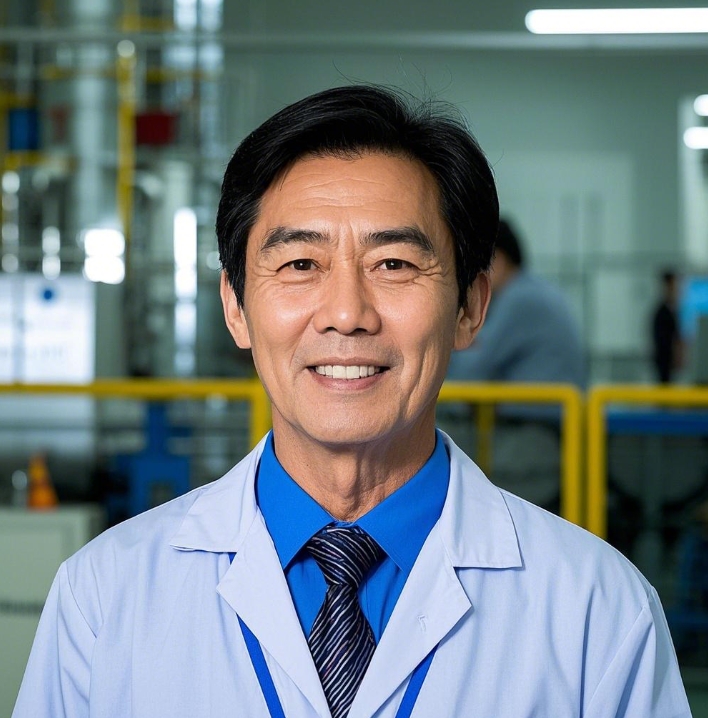
Este es William, CEO de Zhishang Chemical Co., Ltd.
Le invitamos a visitar nuestra fábrica. Como el fabricante de productos químicos superior, nos hemos estado esforzando para la calidad del producto, la innovación, el R&D, y el servicio de atención al cliente por los últimos 7 años. En los próximos 10 años o incluso más, nos comprometemos a convertirnos en el proveedor de productos químicos más fiable del mundo, creando una marca internacional conocida en la que confíen los clientes, con el espíritu de "un metro de ancho, diez mil metros de profundidad", seguimos centrándonos en la investigación y el desarrollo de productos, seguimos centrándonos en el servicio al cliente, seguimos mejorando el sistema de servicio de la cadena de suministro, para crear un equipo profesional de servicio de suministro de productos químicos, para lograr una cooperación a largo plazo en la que todos ganen. No dude en ponerse en contacto con nosotros si tiene alguna pregunta.







